The March of Build-It-And-They-Will-Come Suburbia
If I had a dollar for the number of times I've been told that the problem with American suburbia is a "lack of planning" or "uncontrolled growth," I could treat myself to a stay at a nice beachfront resort. The truth is, we have plenty of planning in brand-new suburbs. We are, if anything, overdosing on planning. We are fully in control of growth. Our cup runneth over with bureaucratic process.
What we lack isn't planning. It's basic financial solvency.
I'm going to take you on a tour of the front lines of suburbia's march into the countryside in Lakewood Ranch, Florida: a behemoth master-planned community that was cattle pasture 20 years ago (hence the "Ranch" part) and is furiously expanding. Let's look at it through the lens of one concept that illustrates just how dysfunctional the new places we're building are: the ratio of public infrastructure to private wealth.
The Public-Private Investment Ratio is Out of Whack
A good benchmark for the financial viability of a place is the ratio of public to private investment. The physical public realm—our streets and sidewalks; our water and sewer pipes, pumps, and hydrants; our streetlamps; our power lines; our landscaping berms and drainage canals—all of it is a platform for building private wealth. It exists to facilitate human activity: our homes and businesses and anywhere else we forge community, transact with each other and create value.
Some portion of that value, in the form of the measurable financial wealth created in a place, is taxed and provides the revenue stream that local governments need to maintain the public realm over the long run.
It is self-evident that if the public-private ratio is too high, a place won't be viable to maintain. Imagine a 1:1 ratio—sure, you can buy a $300,000 house here, but the infrastructure supporting it is going to cost you another $300,000. No one would take that deal. We've suggested before that a public:private investment ratio of more like 1:20 or 1:40 is a hallmark of a financially viable place: one where people will gladly hang around, pay their property taxes and feel they're getting a good deal.
What do you think the public : private investment ratio looks like in the newest parts of Lakewood Ranch? Check out all the things you see here that cost money to build and maintain, while producing no private, taxable wealth in and of themselves:

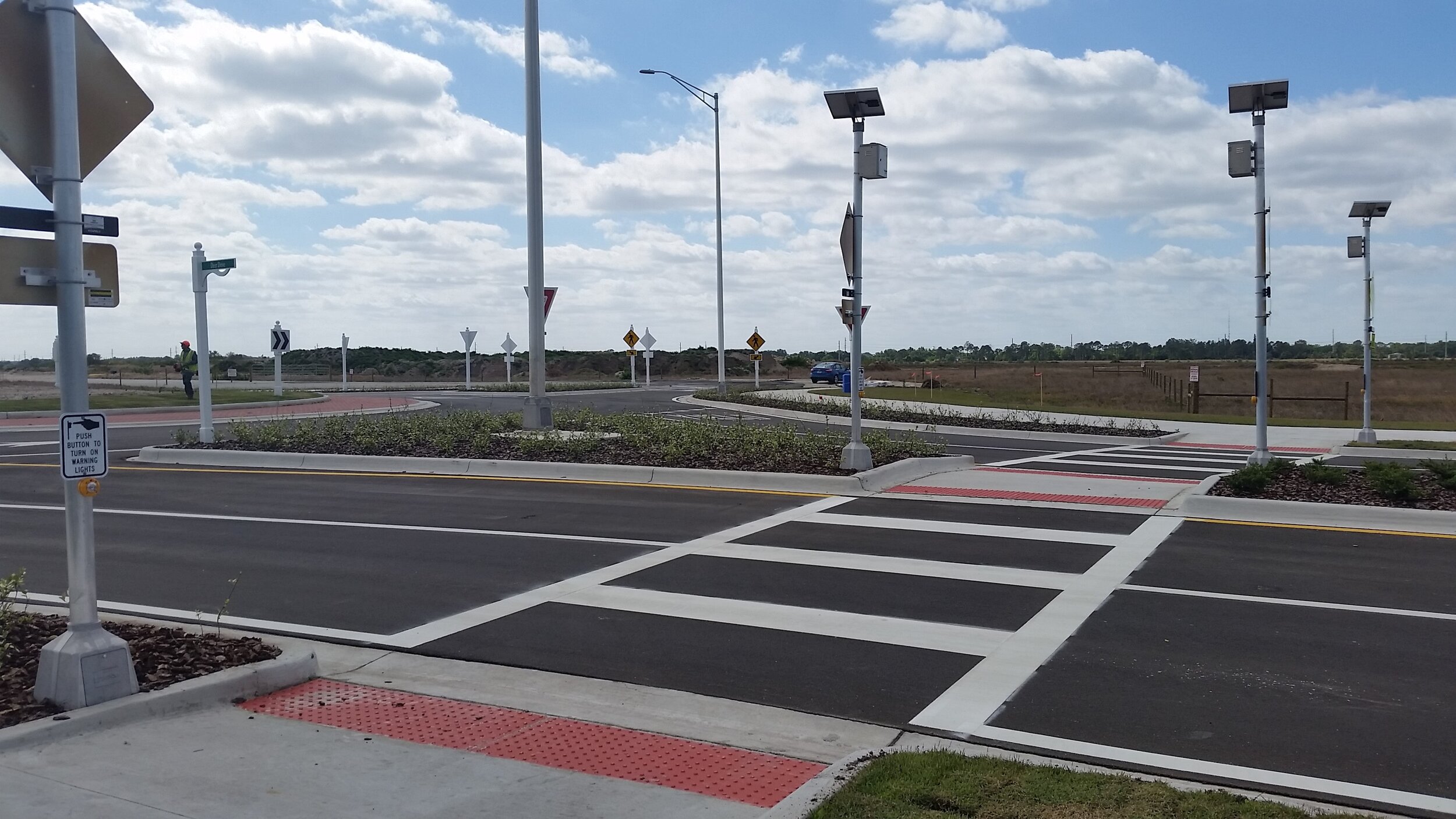


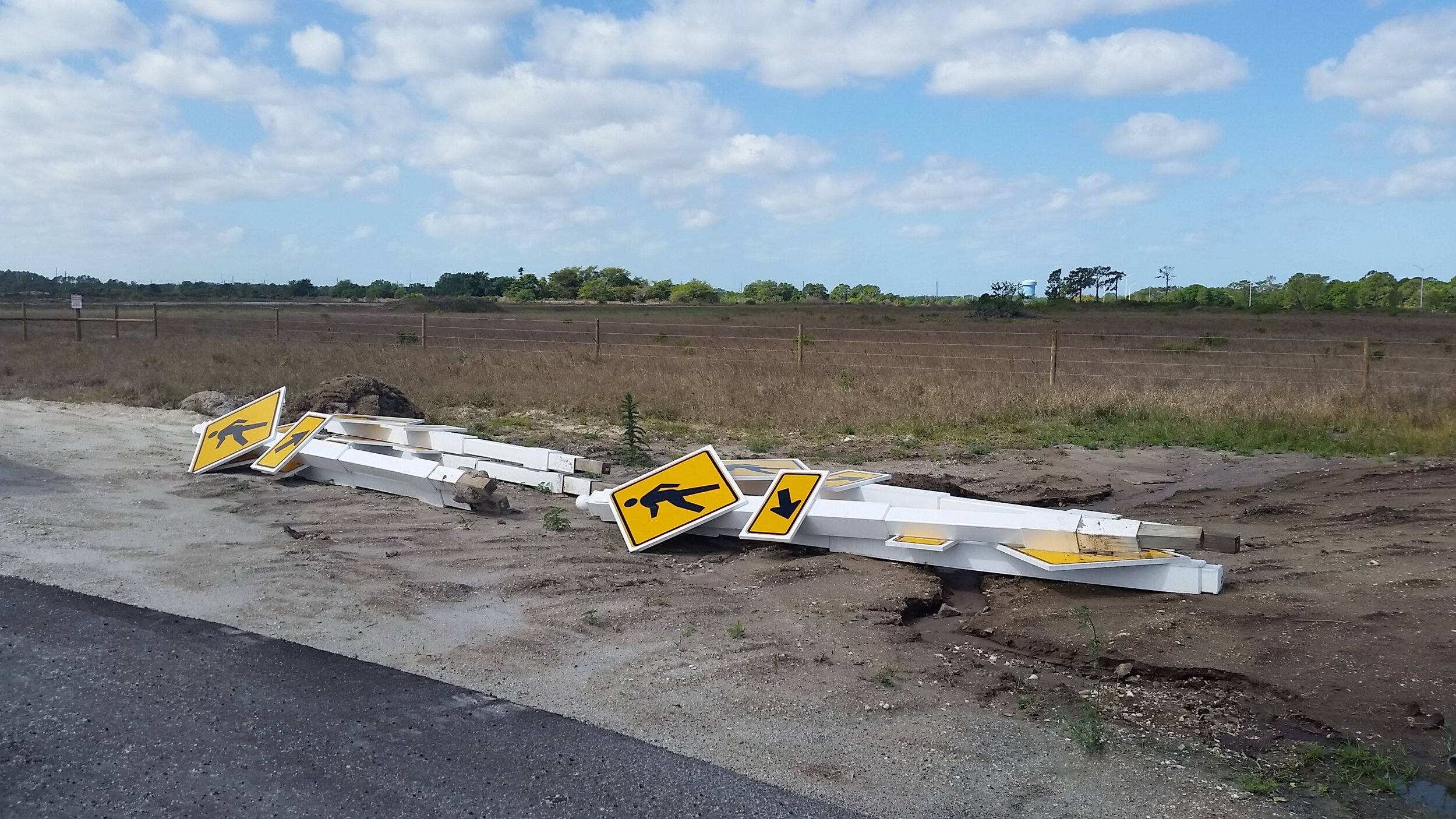
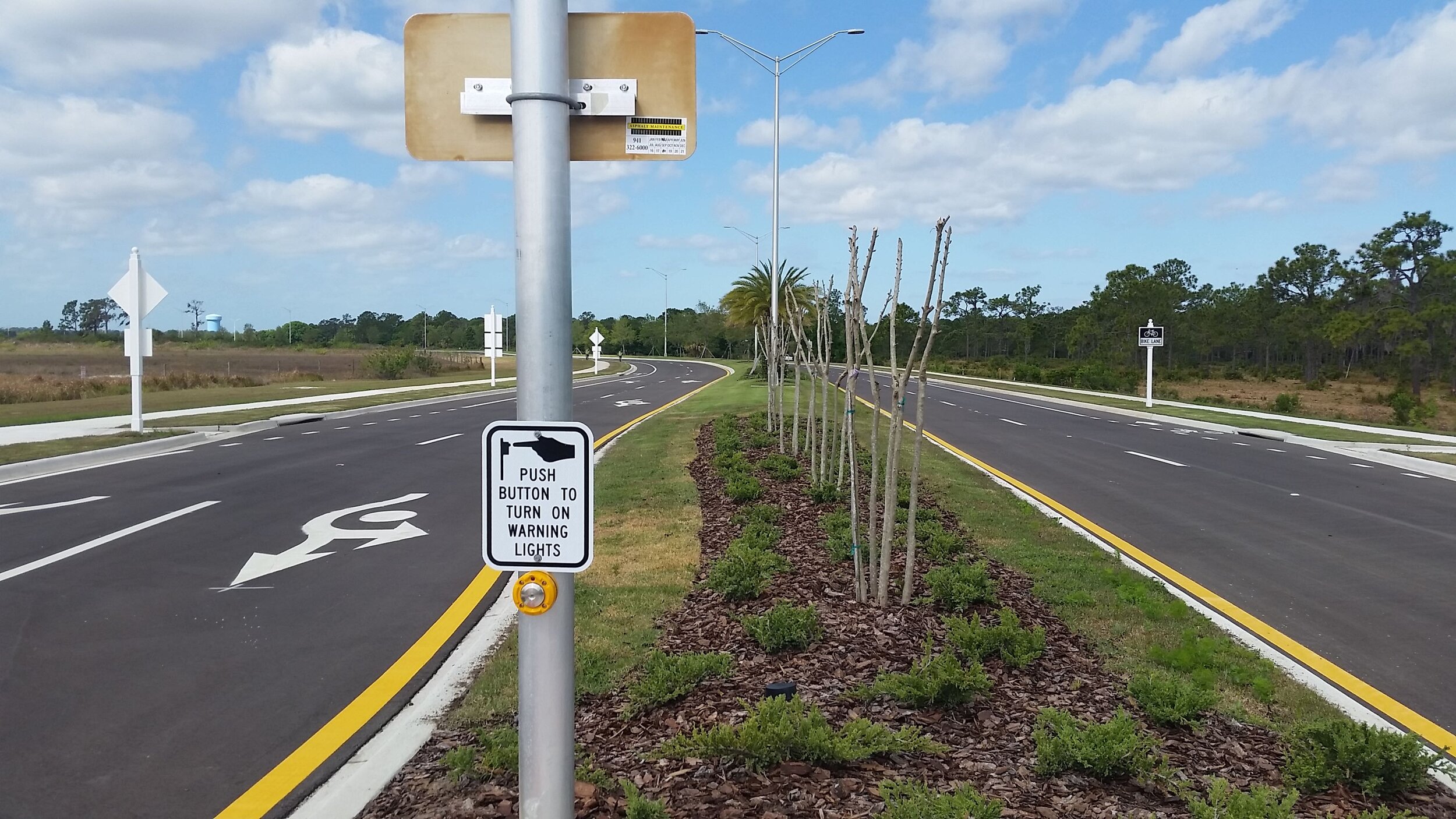

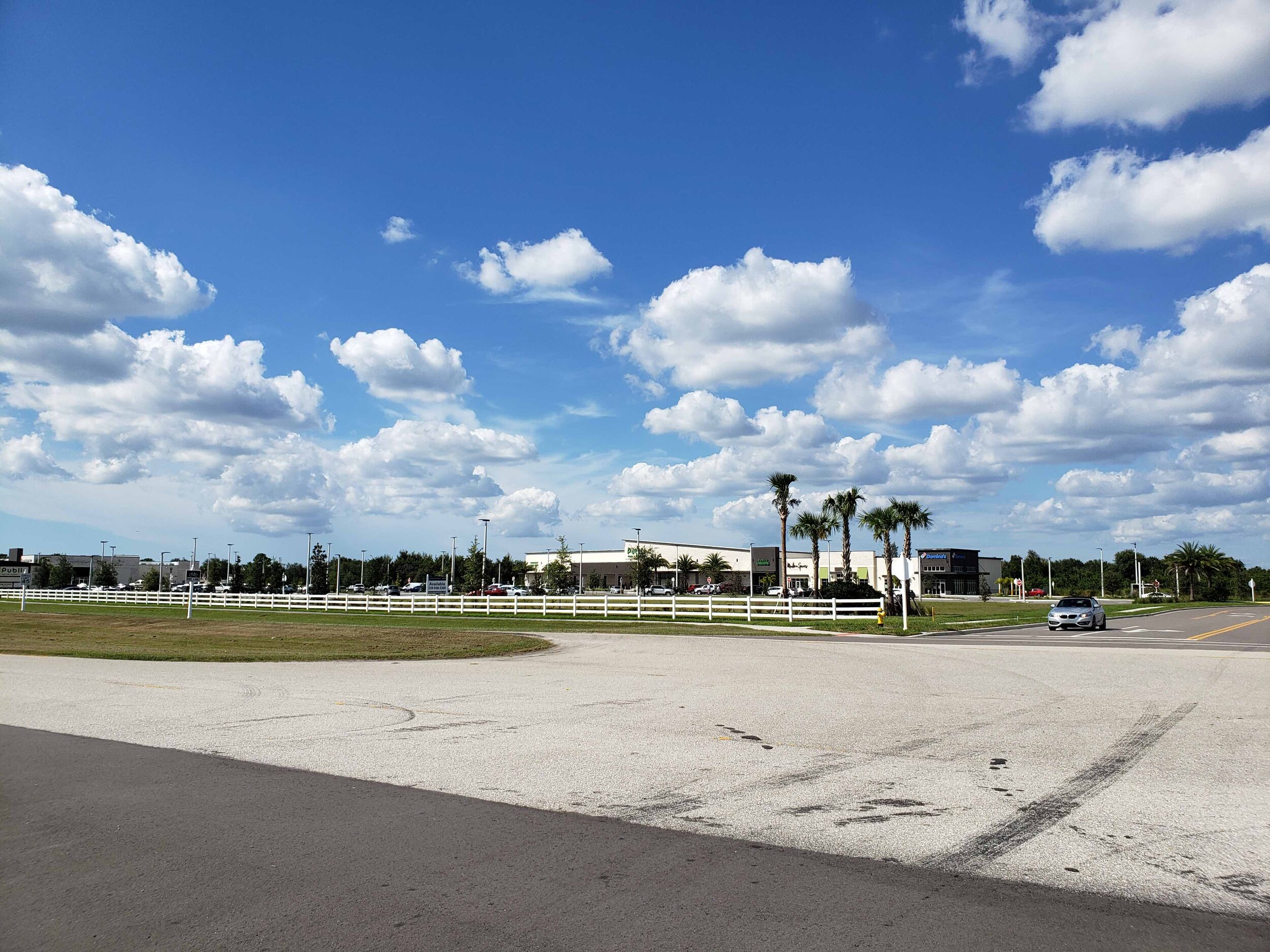
We are looking at tens of millions of dollars of public infrastructure here, just along a couple thoroughfares. The road itself (which is built with a huge right-of-way so it can be supersized in the future to 6 or 8 lanes, accommodating traffic from all the pod-like subdivisions that spill out onto it). The sidewalks. The drainage systems. The water pipes—there are ubiquitous fire hydrants in places where no homes have yet been built, making clear that they've preemptively extended municipal water to the whole area already. The light poles. The landscaping: in a 2-mile stretch of road I saw no fewer than six workers out cutting grass and tending to shrubs.
Another proxy for the public-private investment ratio is the ratio of place to non-place. A “place” is anywhere people live, work, and do things that create value. A “non-place” is the “in between” stuff: roads, landscaping buffers, retention ponds, areas in which no one would ever linger. Photos make evident that Lakewood Ranch is overwhelmingly, staggeringly, dominated by non-places.
Build It And They Will Come?
Few homes have been built yet in this area. It's mostly a work in progress. Right now, there is literally far more public investment than private—not public in the sense that the local government paid for it (the developer did, and is passing the costs on to homebuyers), but public in the sense that it is part of the public realm.


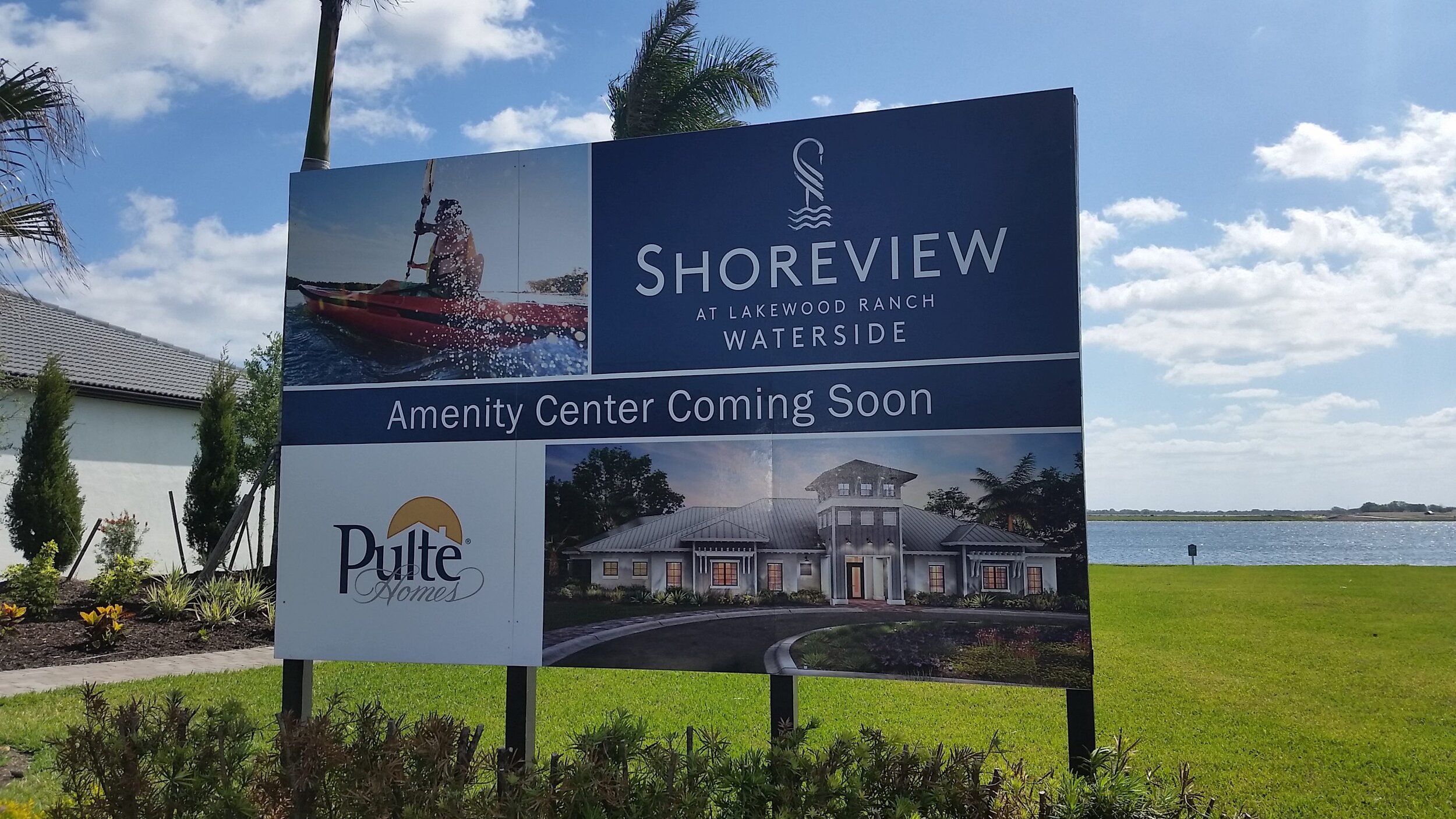
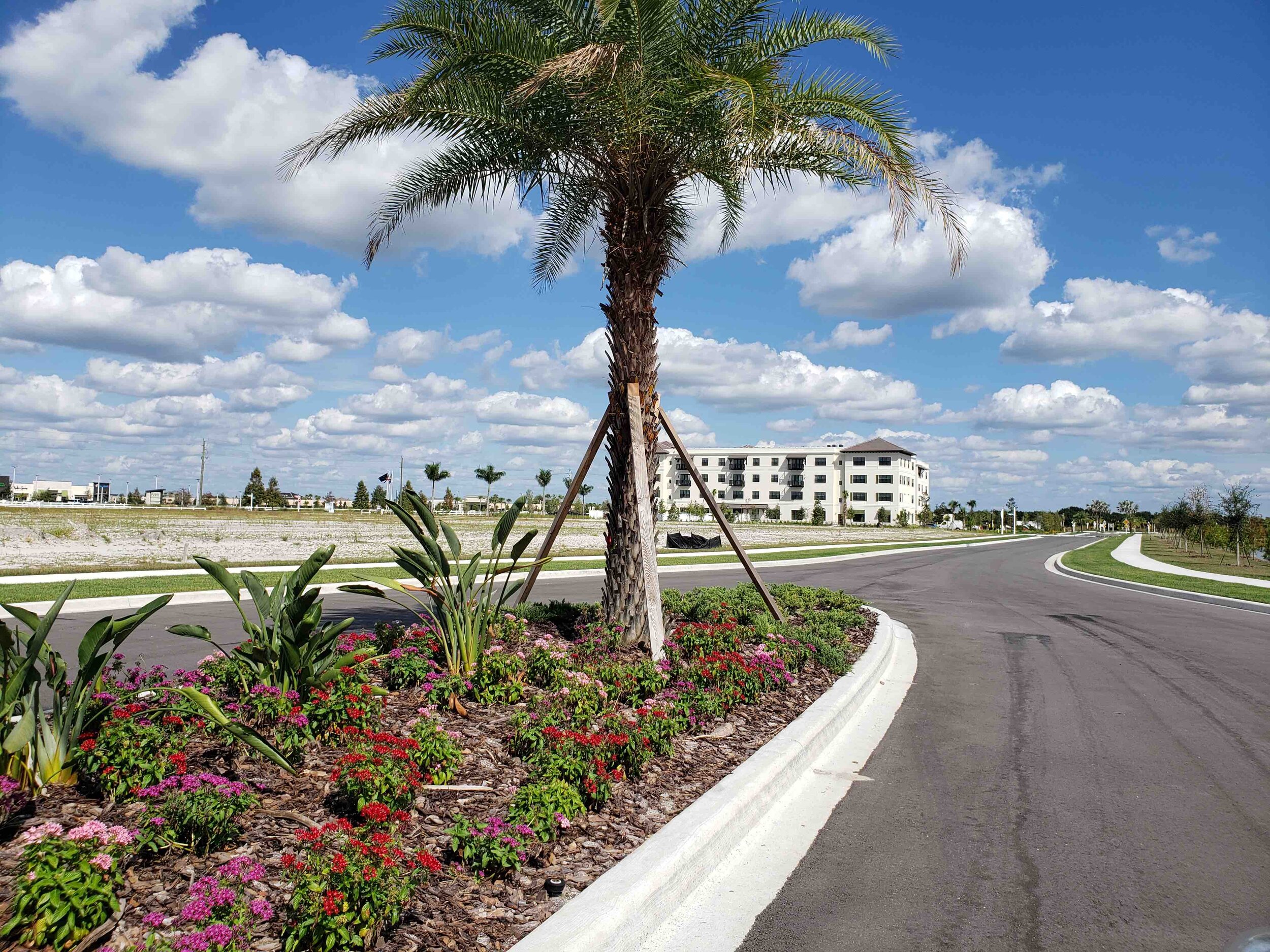
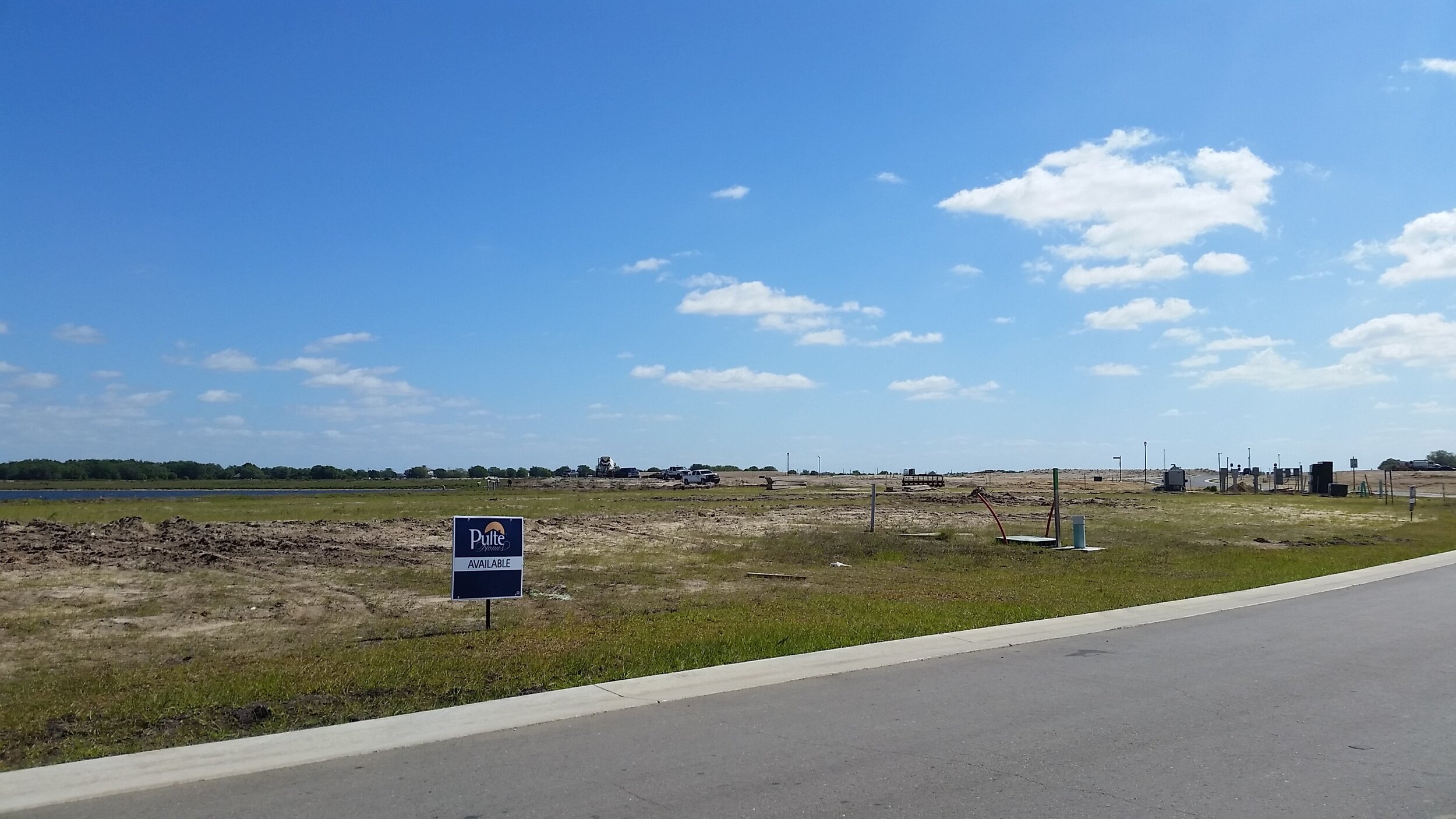
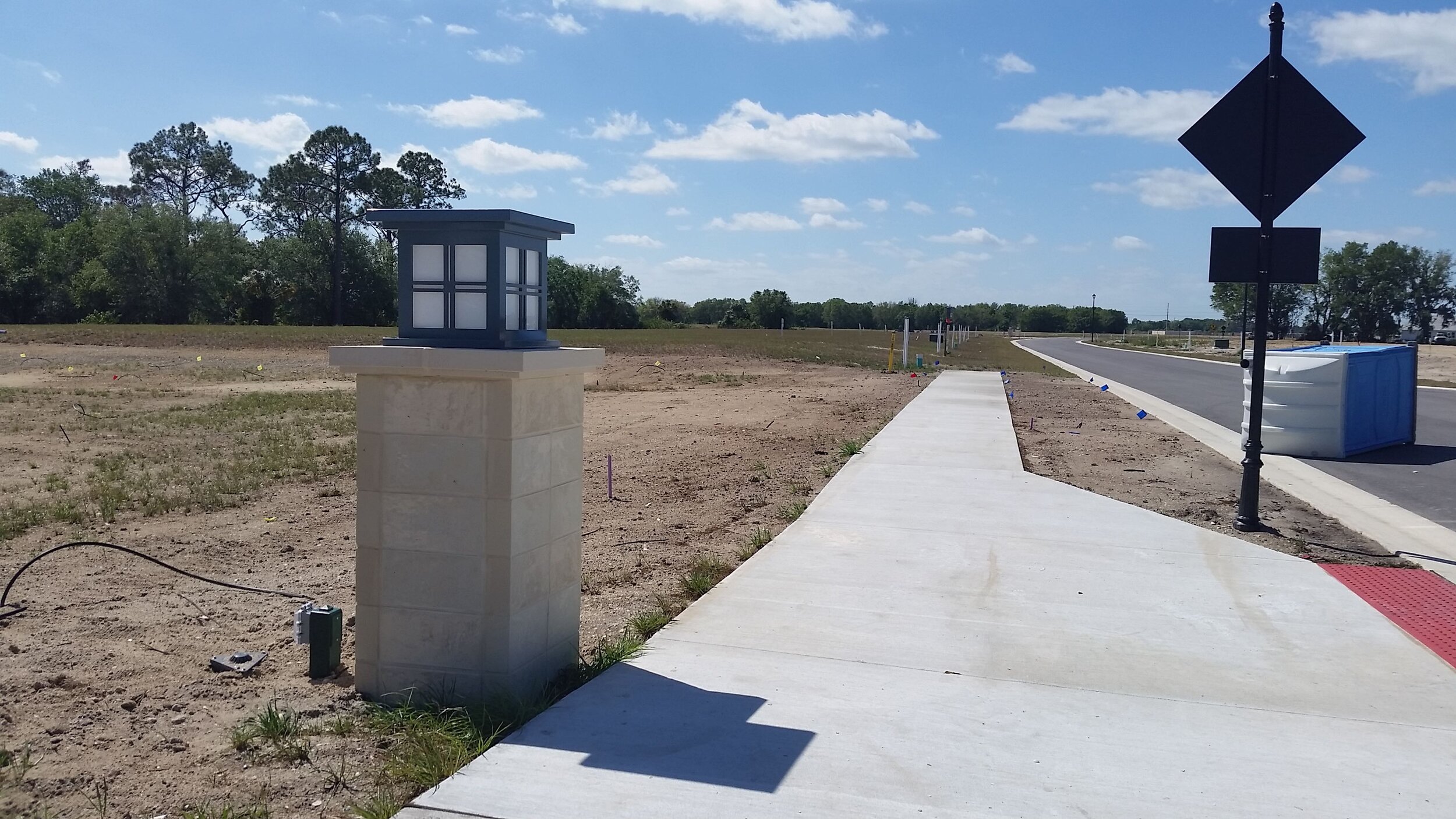
At "build out," the ratio will still be way out of the realm that is sustainable in the long run. We profiled Lafayette, Louisiana a few years ago, a community in which, since 1950, the amount of public infrastructure per capita has ballooned tenfold or even more. Lakewood Ranch, at build-out, is intended to be only about 2/3 the population density of Lafayette: about 75,000 people in 50 square miles. (Their website contextualizes this as "twice the size of Manhattan"; what they don't say is that they're anticipating less than 5% of the population of Manhattan.) And Lakewood Ranch averages far more infrastructure per capita than Lafayette if appearances are any guide.
Everything is super-sized here. A three-mile stretch of main east-west thoroughfare University Parkway is flanked by a nearly unbroken sound-barrier wall 10 or so feet high, dangling the promise of palatial estates on the other side that will produce enough private wealth to justify all the public infrastructure and landscaping. Right?
Well, not exactly. Here’s a peek behind the wall of the entrance to one of the brand new gated communities, complete with obligatory faux-Italian name (it's a Florida thing).
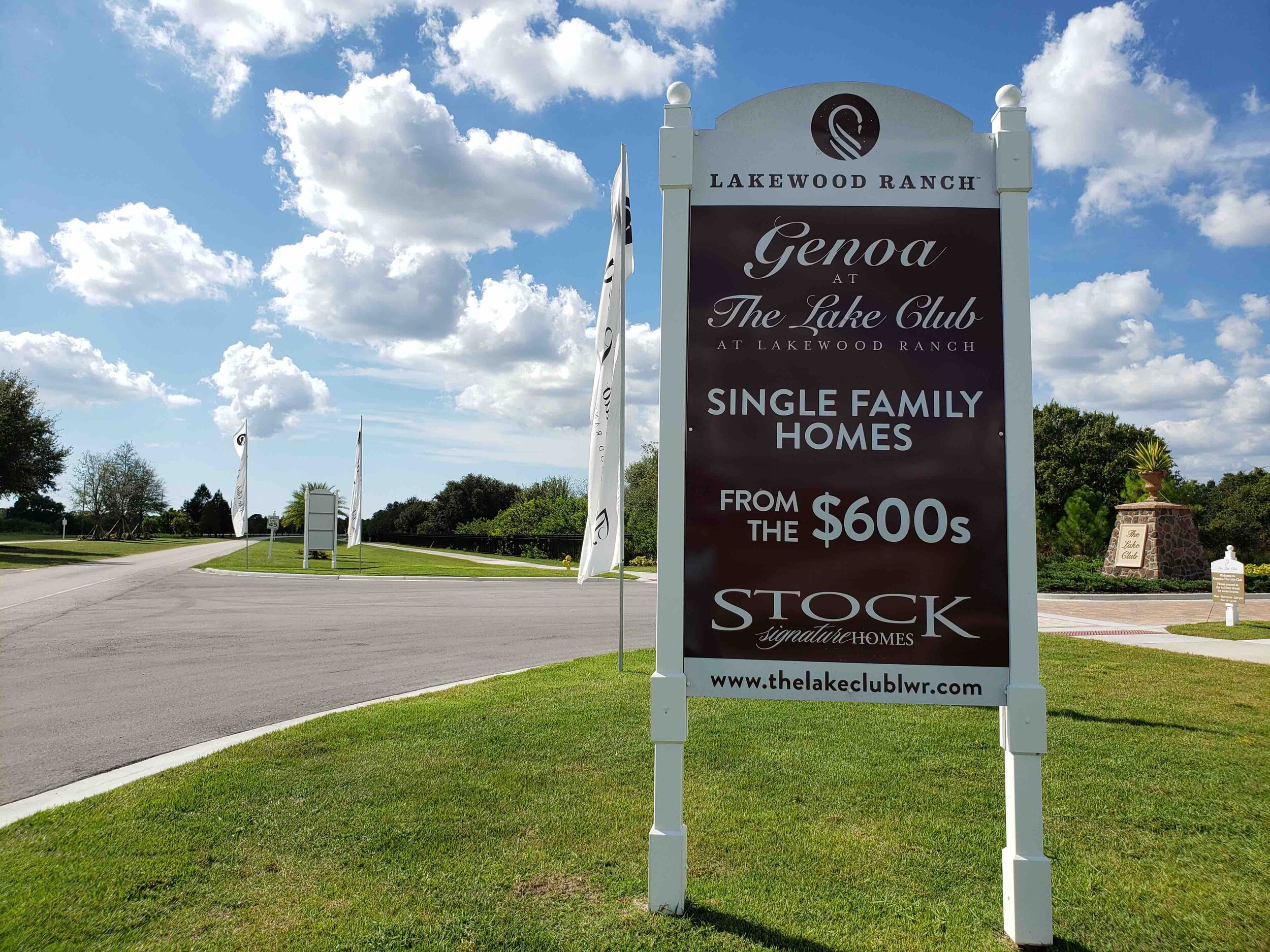
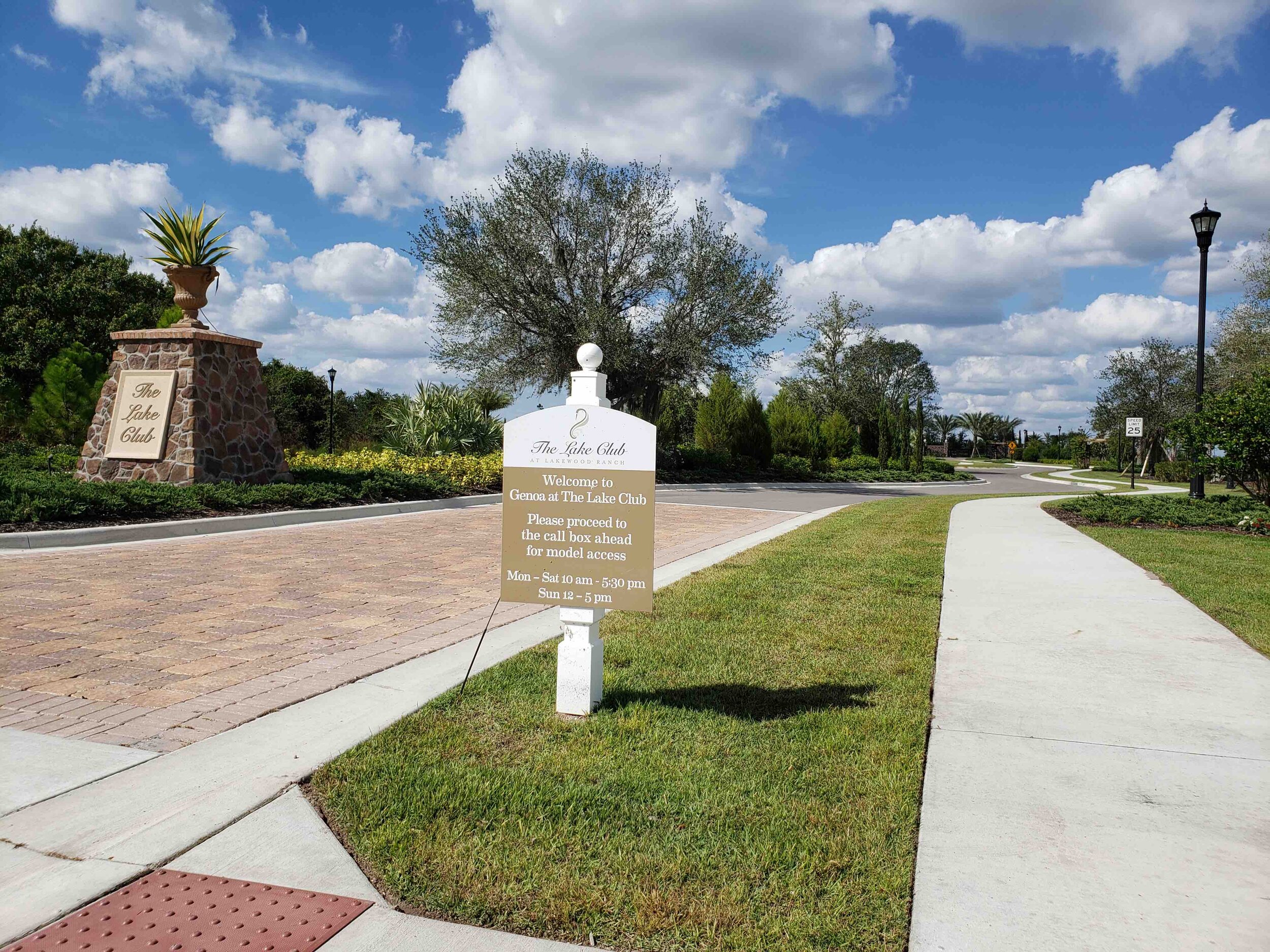
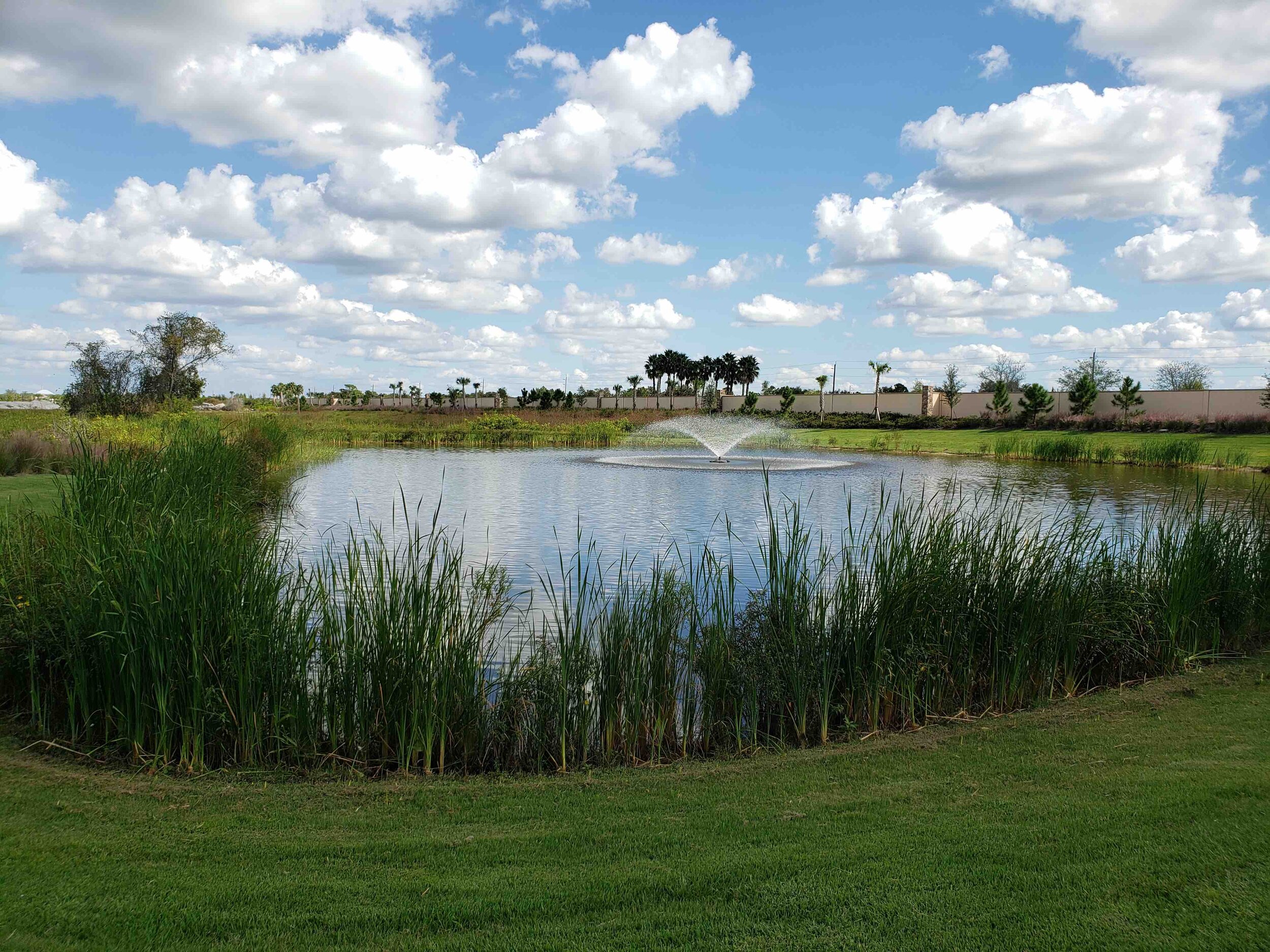
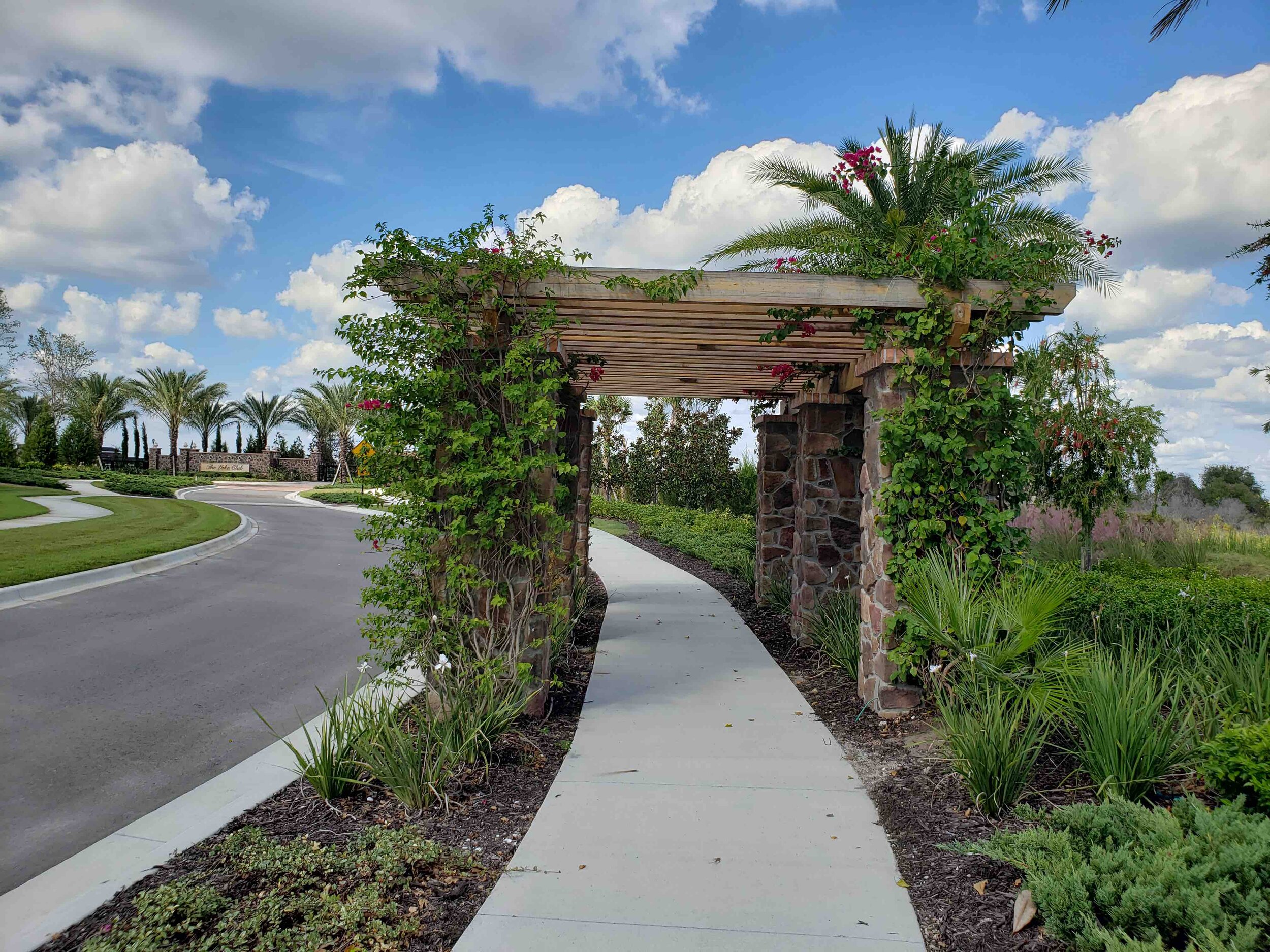

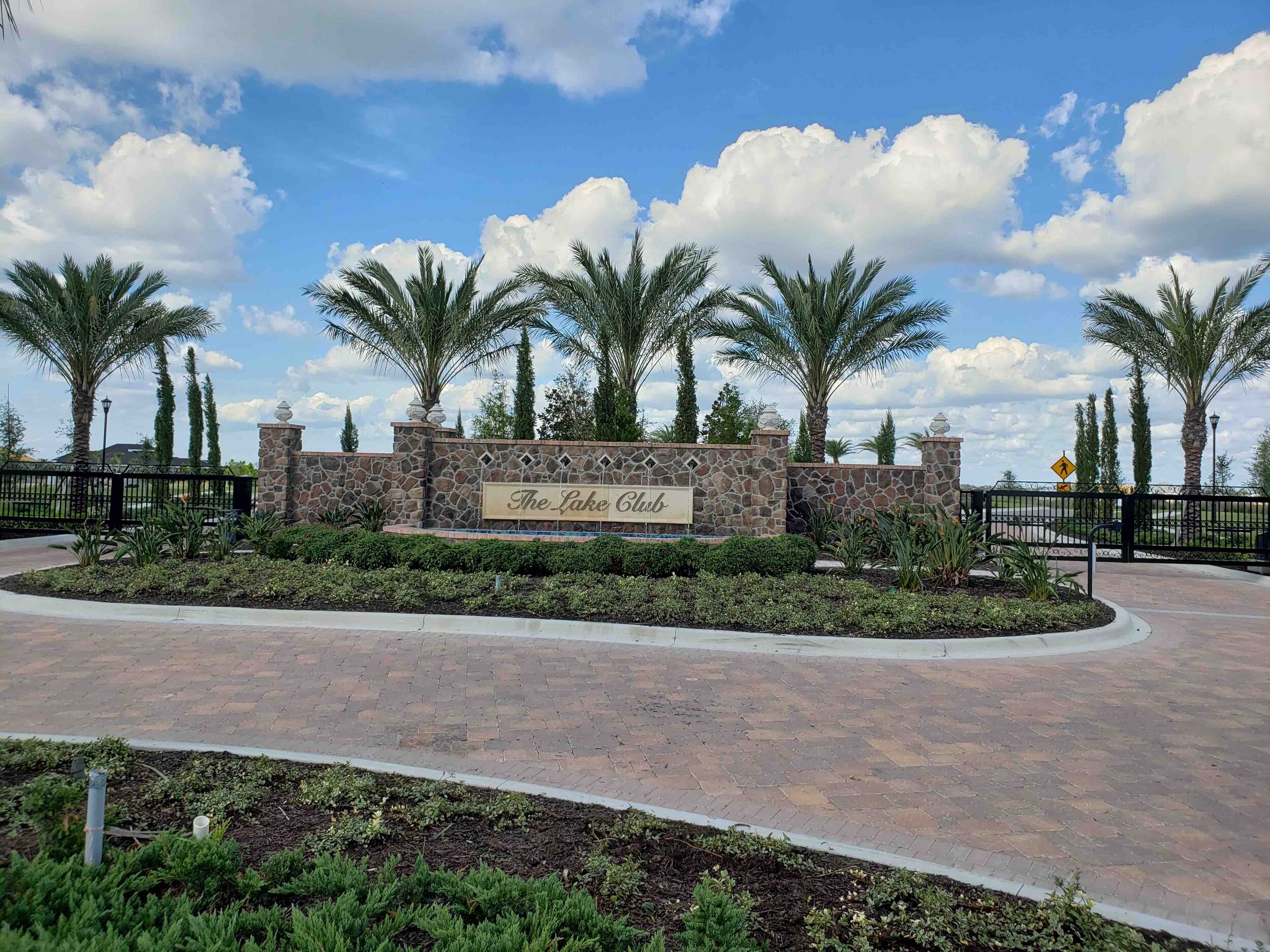
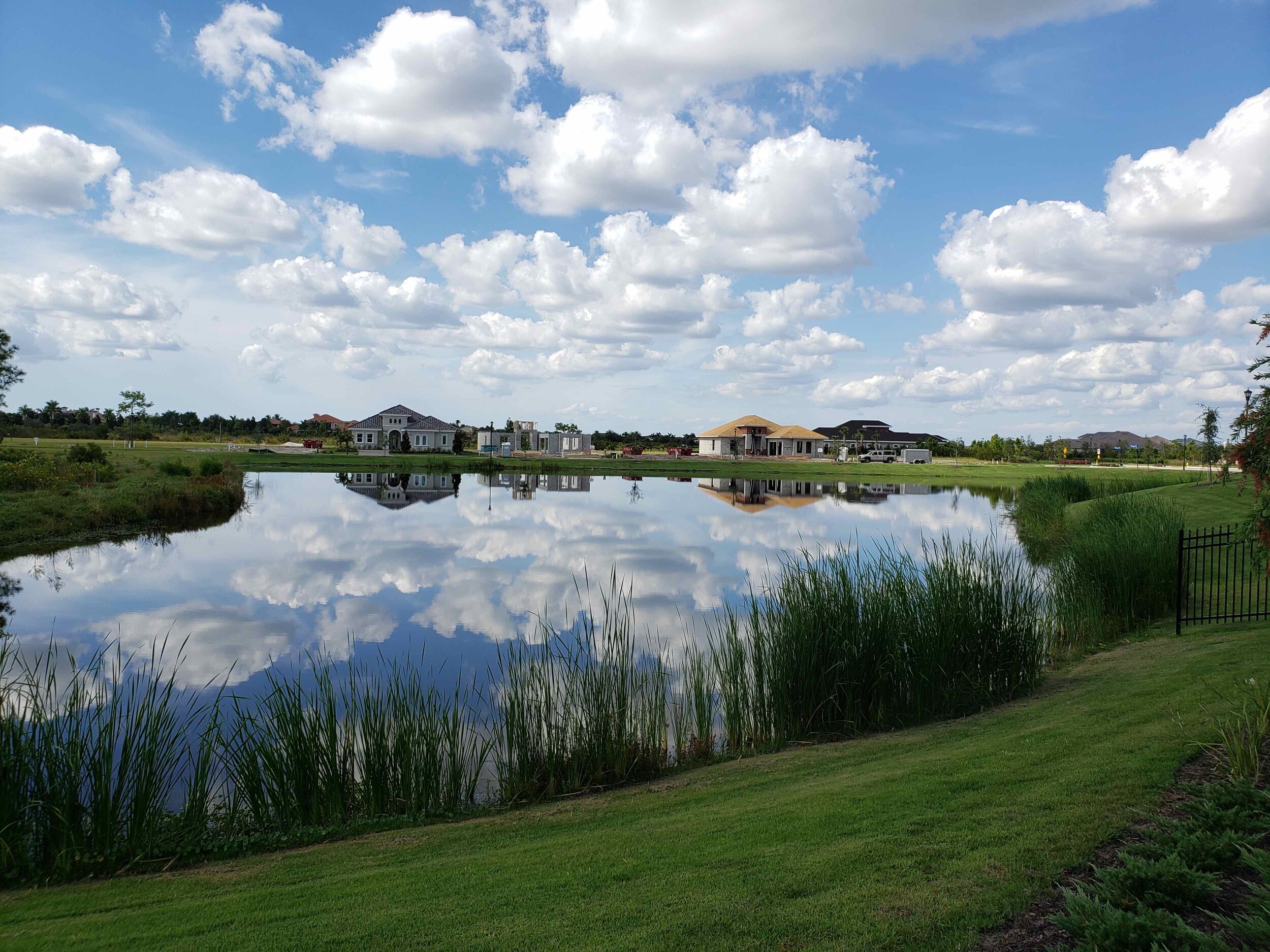
This is extravagantly wasteful as actual infrastructure. Of course, what it actually is is a marketing expense, not an infrastructure expense. It's all about selling an image of manicured luxury and exclusivity, evoking the grounds of Versailles or an English country estate. Everything in Lakewood Ranch is a living sales brochure.
The problem is, one way or another, the public will eventually have to take over that living sales brochure—and maintain all of it, or else sooner or later overgrown weeds, burned-out streetlights and cracked sidewalks will begin to serve the opposite function, deterring potential homebuyers instead of seducing them. We all know countless neighborhoods built in the 1960s and 1970s in which precisely this has occurred. The long-term trajectory of the value of these homes is downward, not upward, once they and the surrounding landscape begin to show their age.
Right now there is a Community Development District into which homeowners pay fees (similar to property taxes but to a private, quasi-governmental entity) that repay the loans used to finance the first infrastructure life cycle: the initial construction. If you believe the public won't one day be on the hook for maintenance and reconstruction, think again. (Need we talk about the fact that at the bottom of the last recession, an estimated 73 percent of Florida CDDs were in default?)
"Good Planning" Won't Save Us
As I said at the beginning of this essay, a refrain I hear all the time with regard to growth is that we need "managed growth" or "well-planned growth" or "smart growth" or at least something other than "uncontrolled growth." And very often this is accompanied by an assertion that anywhere we permit new homes or businesses, we should make sure that "the infrastructure exists to handle it" first.
As a result, our planning profession and development industry have obliged and come up with brilliantly efficient mechanisms to finance and build all the infrastructure for the next 20 or 30 years of planned development in one fell swoop, rather than doing it piecemeal. The result looks like these unsettling scenes of a world sized for thousands of households who haven't shown up yet. To me it evokes a movie in which most of the human population has been devoured by zombies or raptured off into the afterlife.
Eerieness, of course, does not itself mean that this is an irrational or untenable way to build. But that public-private ratio is unforgiving. There's just an extravagant amount of stuff here to pay for, and we're told it'll all work out once the homes are built and sold to rich people.
"Make developers build their own infrastructure" fails as an answer to this predicament. They did pay to build all of this. It doesn't matter. The public will be on the hook for every penny of it eventually, when it all needs maintenance and begins to fall apart.
"We need managed / controlled / orderly growth" is an even more inadequate answer. This is managed. It is extremely orderly.
This award-winning variety of "good planning" gets you several-hundred-page planning frameworks and a whole lot of bureaucratic process which is completely impenetrable to anyone but the county staff (maybe) and the big-shot land use lawyers the developer hires.
A public hearing! Vibrant, highly transparent local democracy at work, ladies and gentlemen.
The problem with this form of growth is not that it's poorly planned. It is carefully, exhaustively planned. It's not that it's uncontrolled or unregulated—it is tightly regulated.
It's certainly not that it's too dense, either: often, communities on the rural fringe feeling besieged by this form of growth adopt "lower density" as their rallying cry. All else equal, though, this is absurd. If you built Lakewood Ranch-style development, but at a lower density, nothing about it would be better. It would be even worse. It would mean the same exorbitant infrastructure (i.e. public liability) but even less wealth generated to pay for it.
It's not even that it's too sprawling either, though—not exactly. Near this area are actual semi-rural neighborhoods which, because their infrastructure burdens are so much lower, are probably more financially solvent. Hyper-low density is fine, if you don't demand your paved road, your sewer and water hookup, your fiber-optic internet, your 3-minute 911 response times. Let rural be rural.
The problem with the master-planned suburbia model of development is that it requires an exorbitantly high amount of up-front public investment relative to the private wealth that will be generated. This is insolvent, and catastrophically so. By the time the public is left holding the bag, the people who built it will have made their money and moved on.
On to the next opportunity:

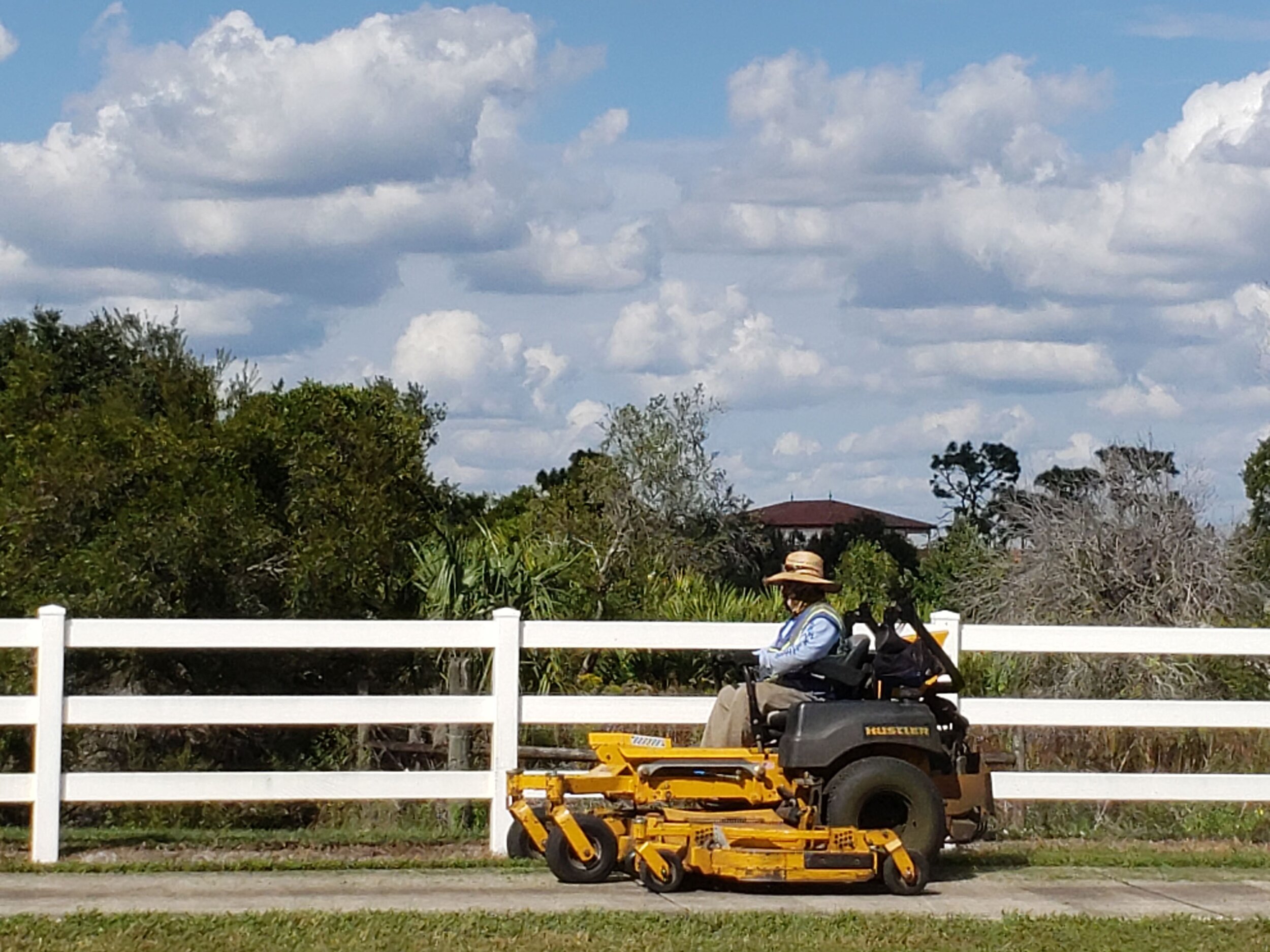
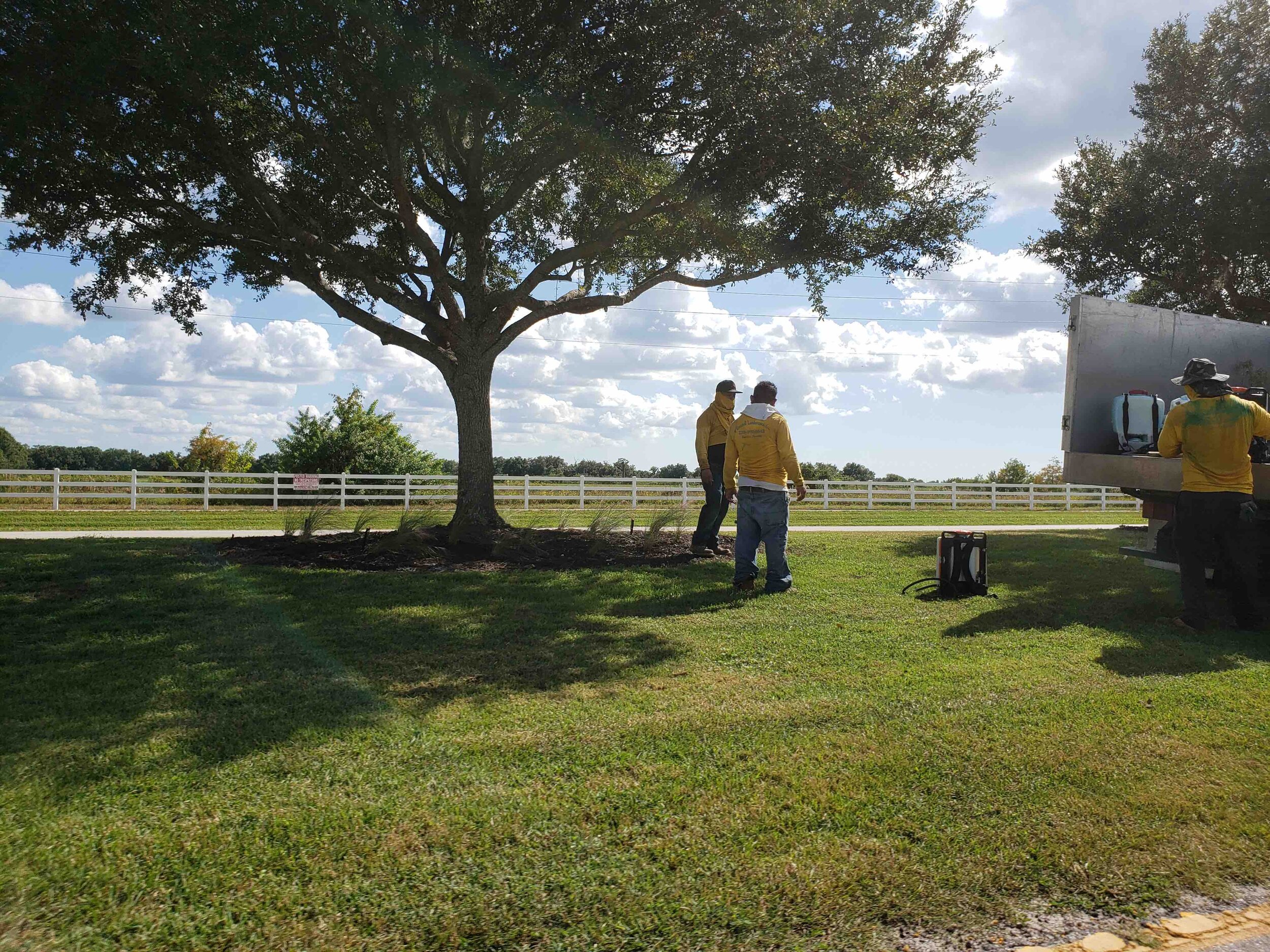

Daniel Herriges has been a regular contributor to Strong Towns since 2015 and is a founding member of the Strong Towns movement. He is the co-author of Escaping the Housing Trap: The Strong Towns Response to the Housing Crisis, with Charles Marohn. Daniel now works as the Policy Director at the Parking Reform Network, an organization which seeks to accelerate the reform of harmful parking policies by educating the public about these policies and serving as a connecting hub for advocates and policy makers. Daniel’s work reflects a lifelong fascination with cities and how they work. When he’s not perusing maps (for work or pleasure), he can be found exploring out-of-the-way neighborhoods on foot or bicycle. Daniel has lived in Northern California and Southwest Florida, and he now resides back in his hometown of St. Paul, Minnesota, along with his wife and two children. Daniel has a Masters in Urban and Regional Planning from the University of Minnesota.